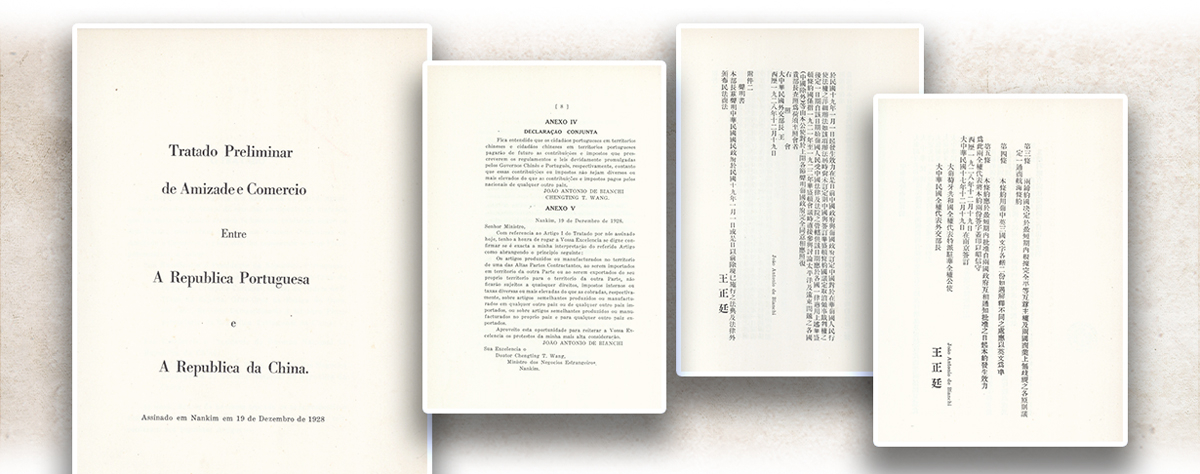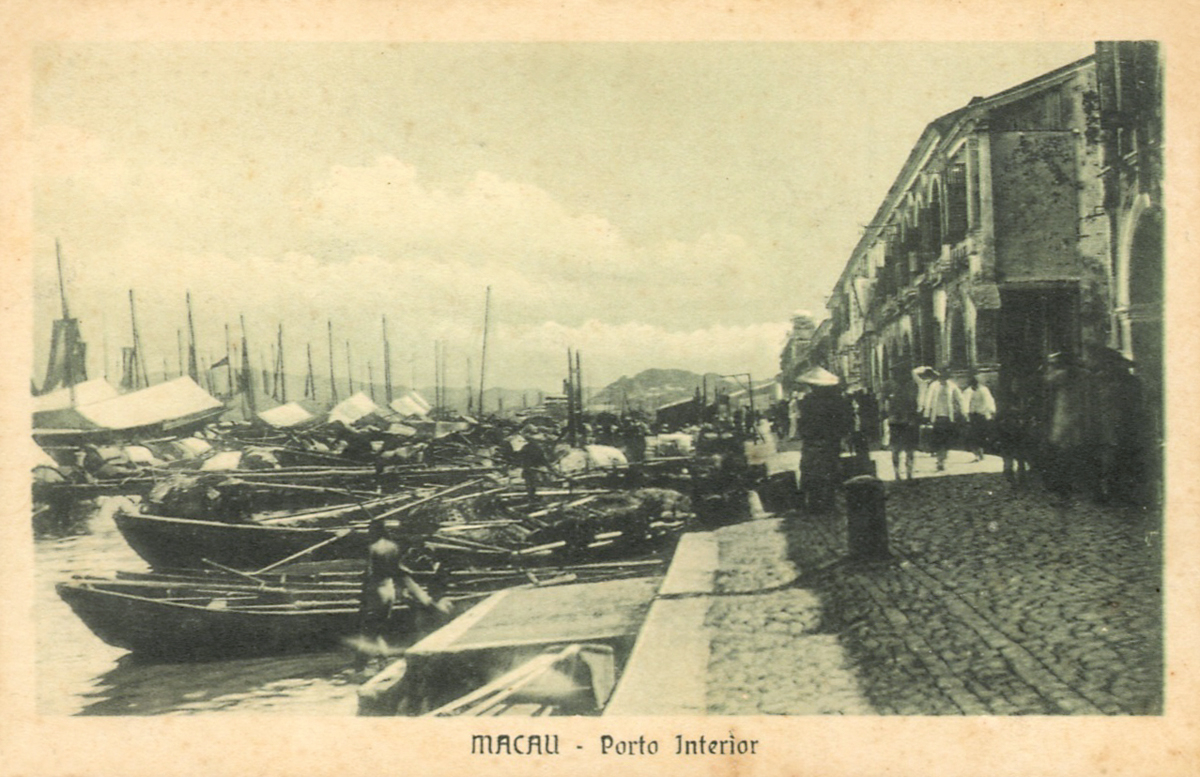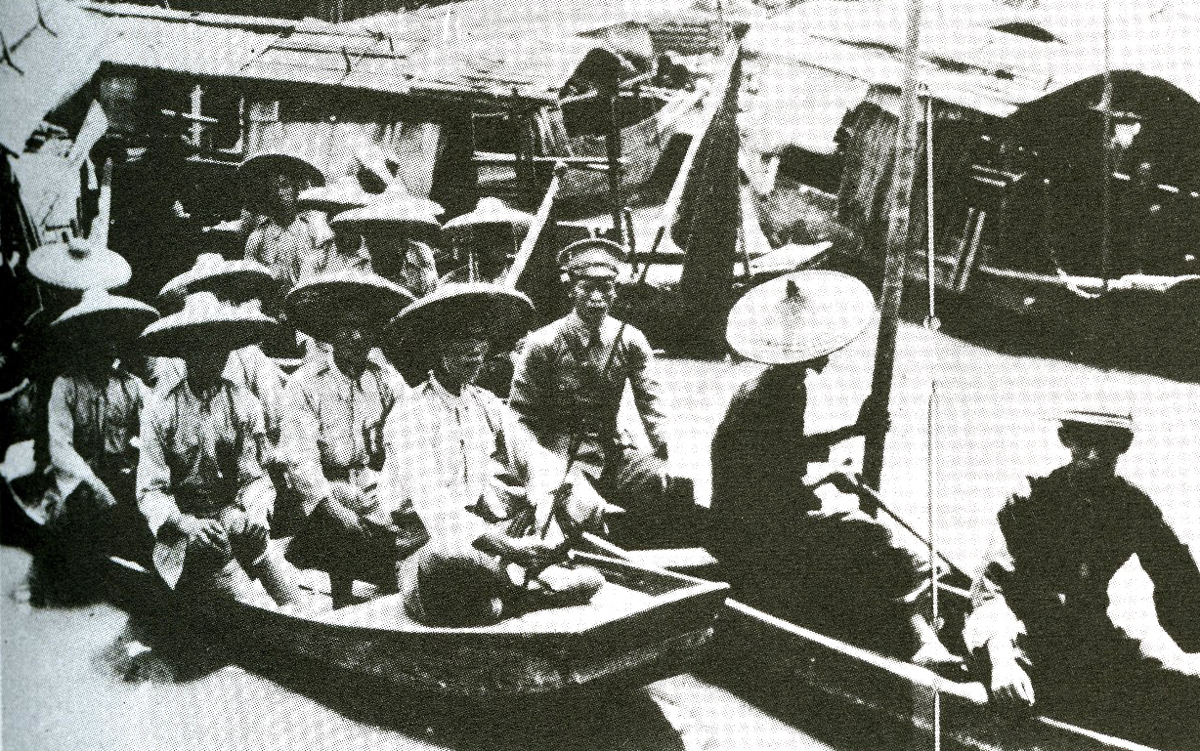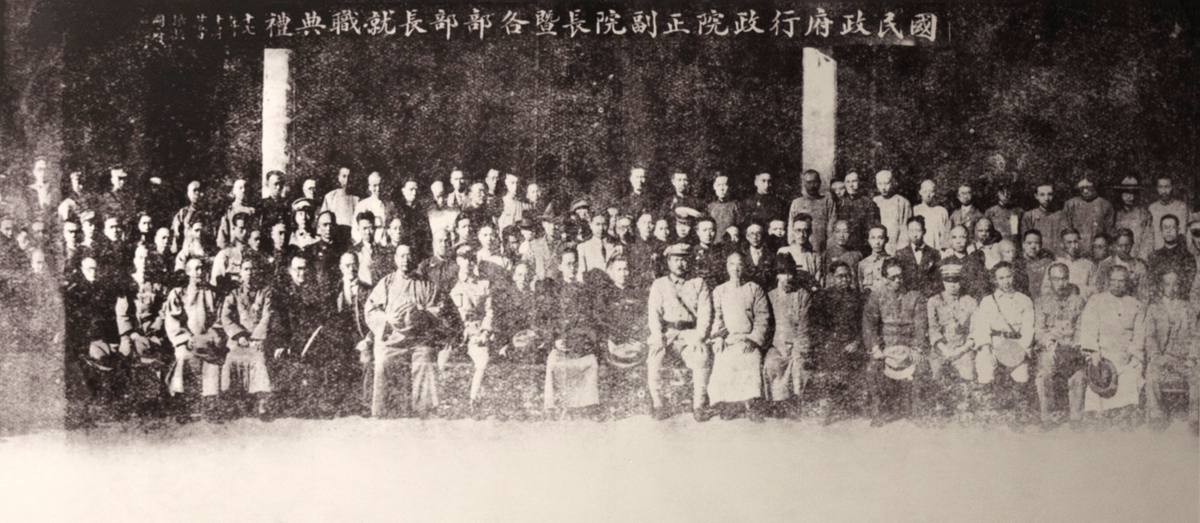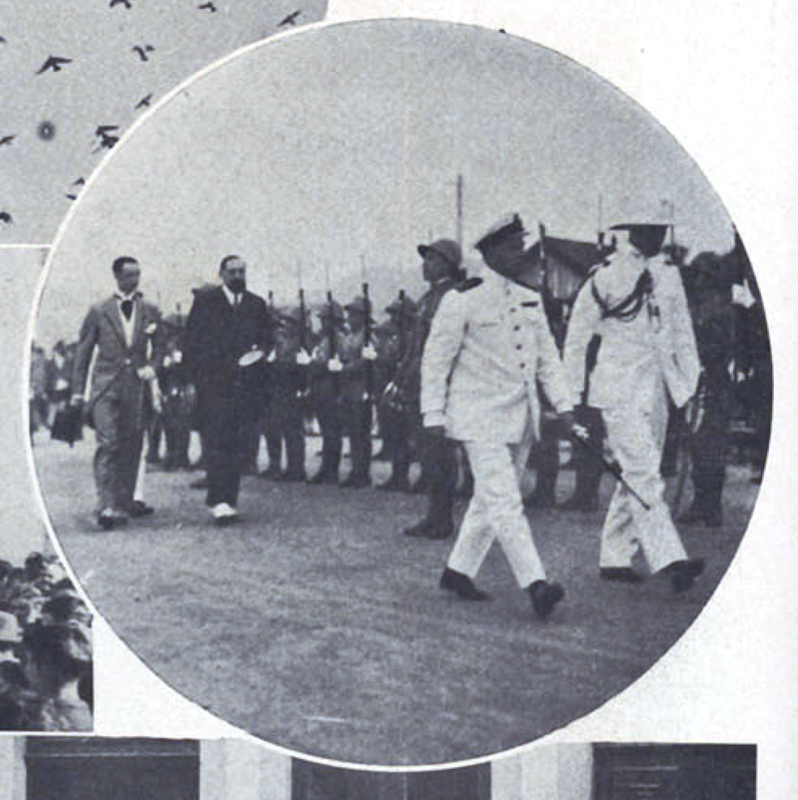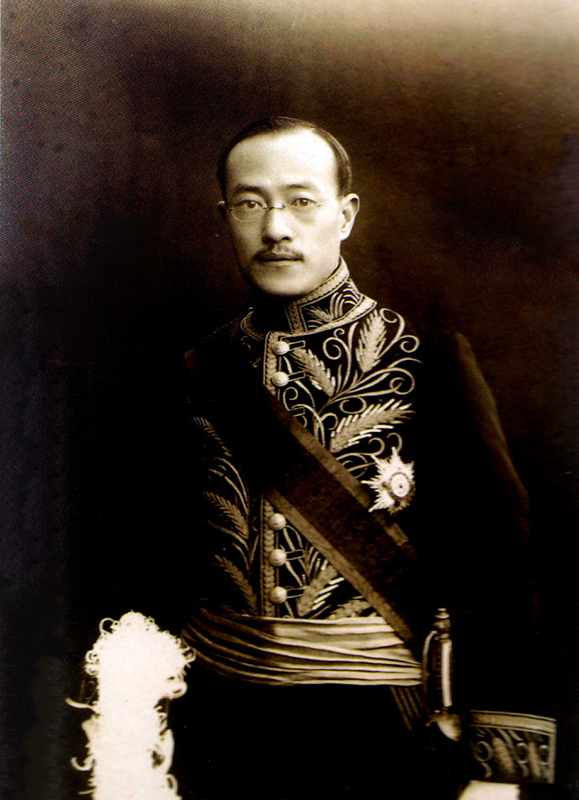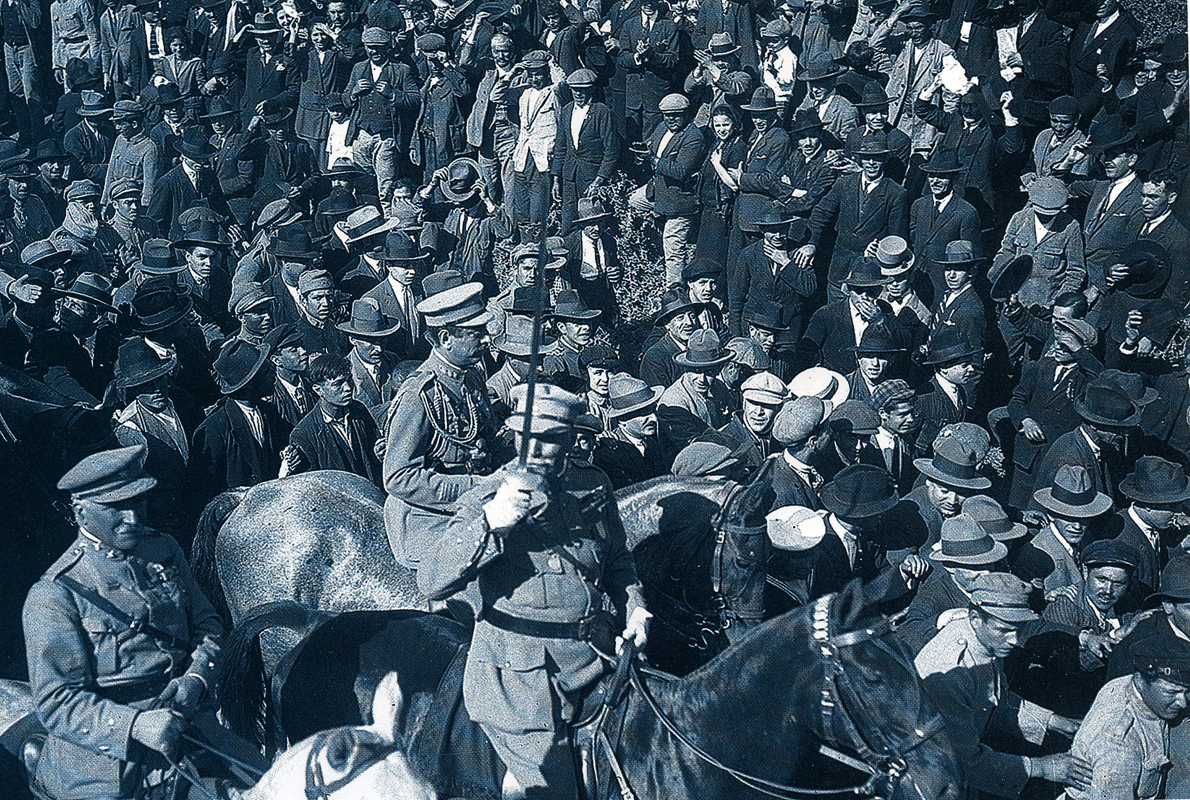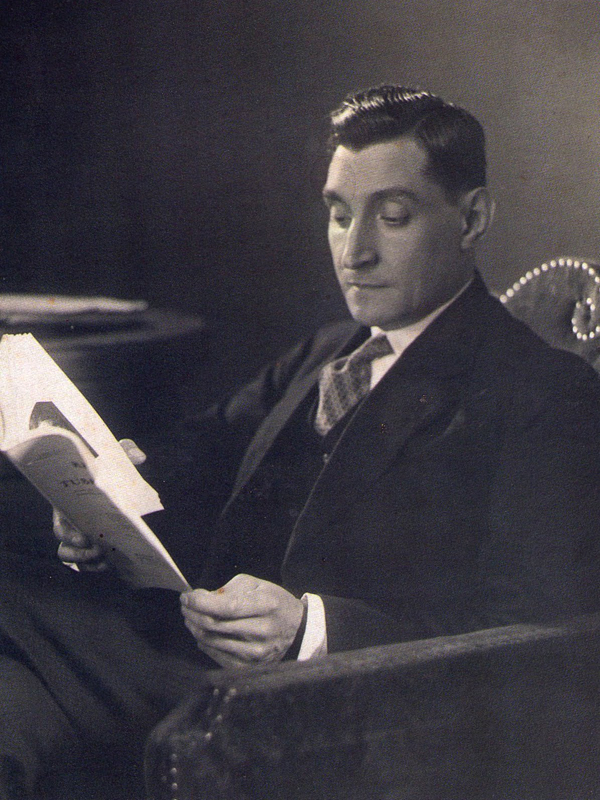Apart from the May 29th Incident, labour movements taking place near Macao (Macau) in the early 20th century also affected the city. During the Canton-Hong Kong strike between 1925 and 1926, Macao rendered support in the form of demonstration, but it was not large-scale enough to trigger a strike there. However, due to Macao’s close ties with the Canton-Hong Kong area, its impact still struck Macao’s economy even there was not any major local labour unrest.
After the Northern Expedition succeeded in 1928, the Nationalist Government of the Republic of China signed the Sino-Portuguese Friendship and Trade Treaty (《中葡友好通商條約》) with Portugal. The disputes over Macao’s boundaries continued.
Portuguese internal affairs influenced Macao. The military coup launched by the Portuguese military on 28 May 1926 was followed by António de Oliveira Salazar’s decades-spanning dictatorship. The new regime tightened regulations on Portuguese overseas territories, including stricter media censorship and supervision of unions.
|
|
How did the Canton-Hong Kong strike influence Macao? |
|
|
See answer below. |
Macao’s Inner Harbour was crucial to its foreign trade in the early 20th century. The Canton-Hong Kong strike between 1925 and 1926 was a heavy blow to Macao’s commerce and economy. (Collection of Mr. Lei Kun-min, Macao In Postcards, 19th & 20th Centuries, published by Macao Association for Historical Education, cited from “Macau Memory”, Macao Foundation)
The Canton-Hong Kong Strike Committee advised the Government of the Republic of China in Guangzhou (廣州) to organise a strike in protest of the Portuguese Macao government. However, the Guangzhou government only agreed to seal Macao off on the grounds that dealing with British Hong Kong topped the priority. Against this backdrop, there were no major strikes in Macao during the Canton-Hong Kong strike.
The Border Gate in Macao was an important passage connecting Macao and mainland China in the early 20th century. Macao’s economy stagnated when the Canton-Hong Kong Strike Committee ordered to seal Macao off during the general strike. (Collection of Mr. Lei Kun-min, Macao In Postcards, 19th & 20th Centuries, published by Macao Association for Historical Education, cited from “Macau Memory”, Macao Foundation)
The pickets were a major force to keep Hong Kong and Macao sealed off during the Canton-Hong Kong strike. The photo shows them patrolling on the Pearl River. The Canton-Hong Kong Strike Committee ended the blockade and removed the pickets on 10 October 1926.
Several incidents took place during Macao’s blockade. A month after the Canton-Hong Kong strike began in July 1925, the pickets in Qianshan (前山), Xiangshan County (香山縣), inspected foods destined for Macao. Several conflicts broke out near the Border Gate between the pickets in Qianshan and Portuguese Macao soldiers due to fortification constructions in 1926.
Wang Tingzhang (王廷璋) was the Chinese Ambassador to Portugal who took office in February 1926. The Sino-Portuguese Treaty of Peking (《中葡和好通商條約》) signed in 1887 was due to expire in 1927 when a bilateral renewal was afoot. In 1927, Wang proposed Portugal to revise the unequal terms in the treaty and return Macao. Even if Macao would not be returned, Wu maintained, its administration needed improvements, including bans on opium and gambling, and permission for China to send business officials to Macao. However, Portugal was slow to respond.
A Photo of the premier, vice-premier, and ministers of the Executive Yuan (行政院) of the Nationalist Government of the Republic of China taken at their inauguration ceremony on 25 October 1928. After the Northern Expedition succeeded, the Nationalist Government of the Republic of China made Nanjing (南京) its capital and issued a declaration for renewing treaties and abolishing unequal provisions.
The Portuguese Minister to China João António de Bianchi (on the left in the front in white uniform with a mace) arriving at Macao on 31 October 1928 to discuss the boundary survey of Macao with the Governor of Macao Artur Tamagnini de Sousa Barbosa (on the right at the back in darker suit).
Wang Zhengting (王正廷), the Foreign Minister of the Nationalist Government of the Republic of China. Wang and the Portuguese Minister to China João António de Bianchi signed the Sino-Portuguese Friendship and Trade Treaty on 19 December 1928.
The Sino-Portuguese Friendship and Trade Treaty in Portuguese and Chinese.
The Nationalist Government of the Republic of China demanded a renewal of the Sino-Portuguese treaty in July 1928 but the Portuguese Minister to China João António de Bianchi refused to terminate the existing one. After several rounds of negotiations, the Foreign Minister of the Nationalist Government of the Republic of China Wang Zhengting and De Bianchi signed the Sino-Portuguese Friendship and Trade Treaty in Nanjing on 19 December 1928. The treaty stipulated matters including China’s tariff autonomy and the abolition of unequal provisions such as Portuguese consular jurisdiction. However, issues including the return of Macao and the disputes over its boundaries were absent from the talks, leaving Macao remained a Sino-Portuguese controversy.
The military coup on 28 May 1926 ended the First Portuguese Republic.
The military coup resulted in António de Oliveira Salazar’s decades-spanning dictatorship, during which Portugal tightened its control over Macao.
The dictatorial Second Portuguese Republic commenced when the First Portuguese Republic was overthrown by the military coup on 28 May 1926. Compared with the First Portuguese Republic, the Second Portuguese Republic imposed stricter control over its overseas territories, including Macao, on media, association, and assembly.
|
|
How did the Canton-Hong Kong strike influence Macao? |
|
|
Although Macao escaped from a general strike, its economy suffered a heavy blow after the lockdown ordered by the Canton-Hong Kong Strike Committee. Banks, opium dens, and casinos, the biggest contributors to Macao’s fiscal revenue, were the most affected. A news report from that time read, “Businesses in Macao started to close down because profit plummeted after the blockade. To survive, many moved to the port of Xiangzhoubu (香洲埠) in Zhongshan County (中山縣), leaving Macao a deserted island.” |
Photo courtesy of Mr. Alex Lou, Vice Chairman of Macao Cultural Heritage Association (picture 6), Macao Foundation (pictures 1 and 2), Fotoe (pictures 3, 4, 5, and 7), and misc. photo sources.




